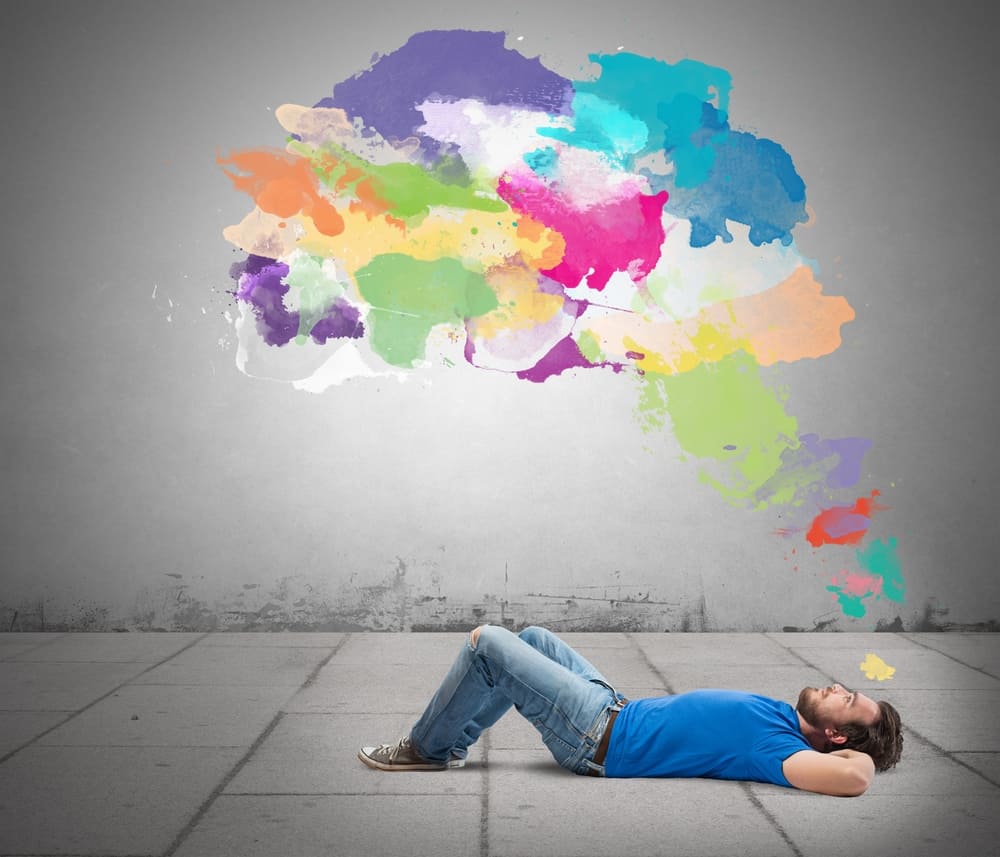
28 Feb Color Psychology in Online Marketing
The use of color in marketing is one of the most effective ways to boost your business. This is because most of the conversations today based on color consist of anecdotal evidence and hunches. Let’s take a look at research-based insights that shed light on the role that color plays in persuasion.
Colors in branding
Markets make numerous attempts to try and classify user responses about different individual colors. Branding is a significant topic that comes up when relating to issues that involve color perception.
Color is, however, totally dependent on an individual’s personal experience that translates to the individual’s specific feelings.
A dig deeper into the matter reveals that our brains prefer recognizable colors. This makes color an incredibly important aspect when you want to make a logo for your brand. You need to make sure that the color of your brand’s logo stands out from the rest and is easily recognizable as well.
When you look at it from a different angle, you realize that different colors are associated with specific traits:
- Brown is associated with ruggedness
- Red with excitement
- Purple with sophistication
But still, it is critical to keep in mind that the color that you set for your brand is supposed to be what determines the personality of your brand and the character that you want to portray.
Colors can mean ambiguous things. Some brands consider the inaccuracy of the notion that green symbolizes calm. And other brands like Timberland’s G.R.E.E.N standard uses green to symbolize the environment and environmental issues. At other times, brands use green to brand financial spaces like Mint.com.
We can say the same for the color brown. While some brands use this color to portray a rugged appeal, like Saddleback leather, other brands can use it to symbolize an open, warm kind of feeling to the customer. When you also come to think about it, every chocolate commercial that you have seen has a lot of brown in it, so it stands to reason that the color can be used to stir your appetite as well.
Color preference by gender
You may ask yourself, why are most popular cars black, white, silver or grey? Well, you come to realize that there is more to it that meets the eye. In most cultures, the color blue is mostly considered the color for boys and pink for girls. Different brands make their product with this in mind. You wouldn’t find a boy playing with a pink toy and rarely will you see a girl in a blue dress.
Color conversations and coordination
Brands that debunk the “best” color conversation rates on their sites make an excellent point as it is true that no single color is suitable for all conversations. Research shows that colors that stand out in brands are more likely able to capture more attention from the other brands.
Do you have a question about color psychology in marketing? Click here to contact the experts at Cuselleration today!




Sorry, the comment form is closed at this time.